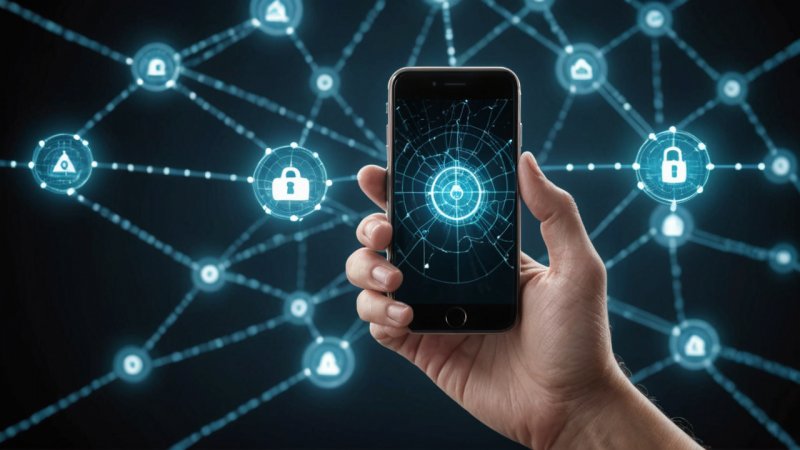What is Blockchain Technology?
Blockchain technology is a decentralized digital ledger that records transactions across many computers securely and transparently. Each transaction is grouped into a block and linked to the previous one, forming a chain of blocks. This technology ensures that once data is recorded, it cannot be altered without the consensus of the network.
How Can Blockchain Improve Crisis Communication?
Blockchain can enhance crisis communication by providing a secure, decentralized platform that ensures information integrity and transparency. It can help in real-time data sharing and verification, reducing misinformation during critical situations.
What Are the Key Benefits of Using Blockchain in Crisis Situations?
- Data Integrity: Data stored on a blockchain is immutable, which means it cannot be tampered with. This feature is crucial during crises when accurate information is vital.
- Transparency: All transactions on the blockchain are visible to authorized users, promoting trust among stakeholders.
- Speed: Blockchain can facilitate faster communication by eliminating intermediaries, allowing for real-time updates.
- Decentralization: Being decentralized means there’s no single point of failure, making the system more resilient during disasters.
Can You Provide Examples of Blockchain in Crisis Communication?
Yes! One notable example is the use of blockchain in disaster relief efforts. Organizations like Giveth use blockchain to track donations and ensure that funds reach the intended recipients without delays or corruption. Another example is the application of blockchain in public health emergencies, where it can help verify and share crucial health data securely.
What Challenges Does Blockchain Face in Crisis Communication?
While blockchain holds significant promise, it is not without challenges. Issues such as scalability, the need for interoperability among different blockchain systems, and the technical knowledge required for implementation can hinder widespread adoption. Additionally, regulatory concerns may pose barriers to its use in sensitive communications.
How Can Organizations Implement Blockchain for Crisis Communication?
- Assess Needs: Evaluate your organization’s specific communication needs during a crisis.
- Choose the Right Blockchain: Select a blockchain platform that aligns with your organizational goals.
- Engage Stakeholders: Involve all relevant parties in the implementation process to ensure that the system meets everyone's needs.
- Train Staff: Provide training for staff on how to use blockchain technology effectively.
What Future Trends Can We Expect in Blockchain and Crisis Communication?
As technology evolves, we can anticipate further integration of artificial intelligence with blockchain to analyze data patterns during crises. Additionally, more organizations will likely adopt blockchain for disaster preparedness and response, making it a critical tool for enhancing communication and coordination.
Is Blockchain the Future of Crisis Communication?
While blockchain is not a one-size-fits-all solution, its potential to enhance crisis communication is undeniable. By providing a secure and transparent method for information sharing, blockchain can significantly improve the way organizations respond to emergencies.
In conclusion, blockchain technology offers innovative solutions for enhancing crisis communication. By addressing the challenges while leveraging its unique features, organizations can improve their resilience and response in times of need.






